Table of Contents
Introduction to Dried Sweet Basil
Dried sweet basil (Ocimum basilicum) is the dehydrated form of fresh basil leaves, commonly used in cooking when fresh herbs are unavailable. Unlike fresh basil which is delicate and best used raw, dried basil has a more concentrated, earthy flavor with notes of clove and pepper. According to the USDA National Nutrient Database, the drying process increases the concentration of certain compounds like eugenol while reducing moisture content by 80-90%. This guide explains how to use dried basil effectively, how it differs from fresh, and how to select the highest quality product.
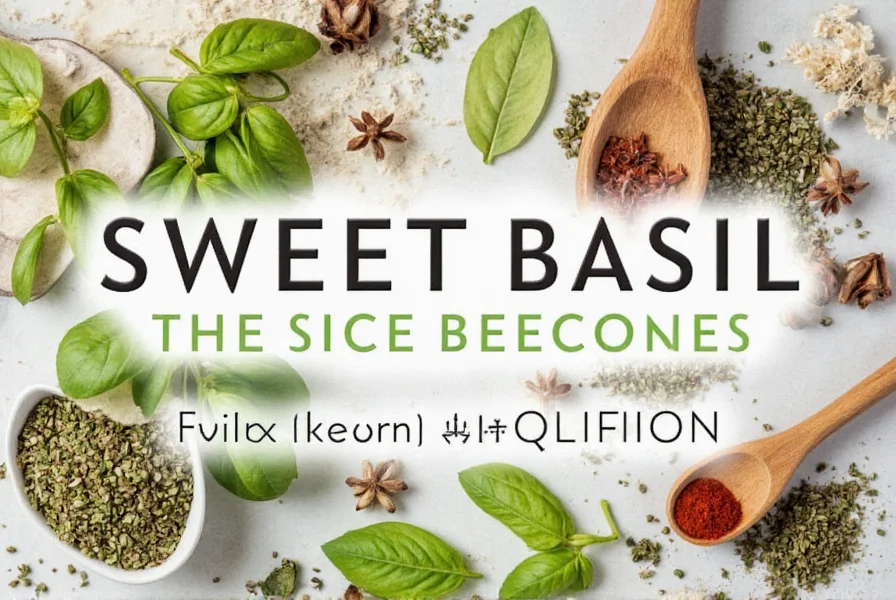
The Flavor Profile of Dried Basil
Dried basil has a more intense, earthy flavor compared to fresh basil due to concentration of essential oils during dehydration. The drying process reduces volatile compounds responsible for fresh basil's bright, sweet notes, while enhancing earthy and spicy characteristics. According to food science research, dried basil contains approximately 3-5 times more concentrated flavor compounds than fresh basil, making it ideal for cooked dishes where fresh basil would lose its delicate flavor.
| Herb | Flavor Notes | Best For | Key Compounds |
|---|---|---|---|
| Dried Basil | Earthy, clove-like, slightly peppery | Sauces, stews, roasted vegetables | Eugenol (25-30%), linalool (15-20%) |
| Fresh Basil | Bright, sweet, slightly anise-like | Pesto, salads, garnishes | Linalool (30-40%), methyl chavicol (15-20%) |
| Oregano | Earthy, pungent, slightly bitter | Italian, Greek, Middle Eastern cuisine | Carvacrol (60-80%), thymol (10-15%) |
| Parsley | Clean, fresh, slightly grassy | Salads, garnishes, sauces | Apiol (20-30%), myristicin (5-10%) |
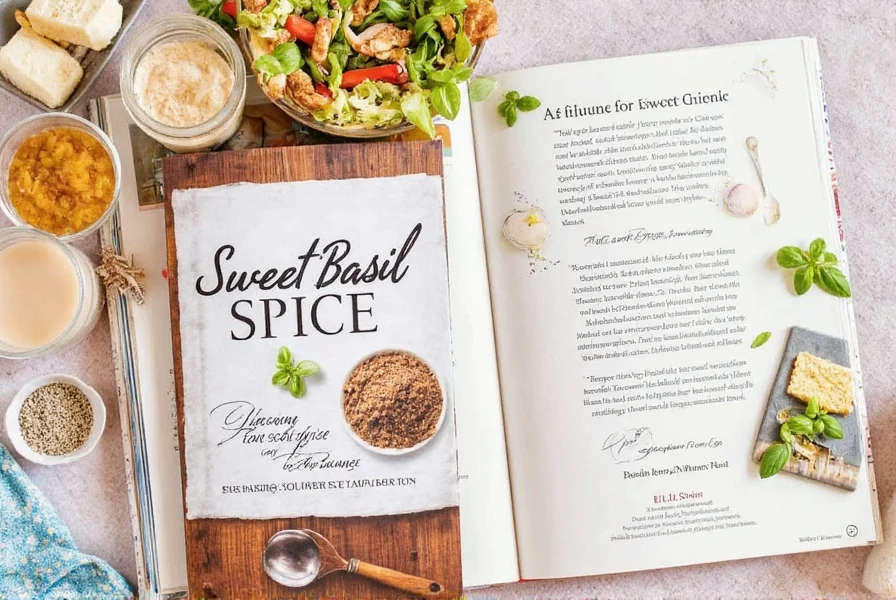
Where to Use Dried Basil
Dried basil works best in cooked dishes where its concentrated flavor can develop. Here are specific applications with measurements:
- Tomato-Based Sauces: Add 1 teaspoon dried basil per 2 cups of sauce during the last 10 minutes of cooking for optimal flavor release.
- Roasted Vegetables: Toss vegetables with 1.5 teaspoons dried basil per pound before roasting at 400°F for 25-30 minutes.
- Meat Rubs: Combine 2 teaspoons dried basil with 1 teaspoon garlic powder, 1 teaspoon paprika, and 1/2 teaspoon black pepper for a flavorful rub for chicken or pork.
- Bean Dishes: Add 1 teaspoon dried basil per 2 cups of beans during the last 15 minutes of cooking to enhance flavor without overpowering.
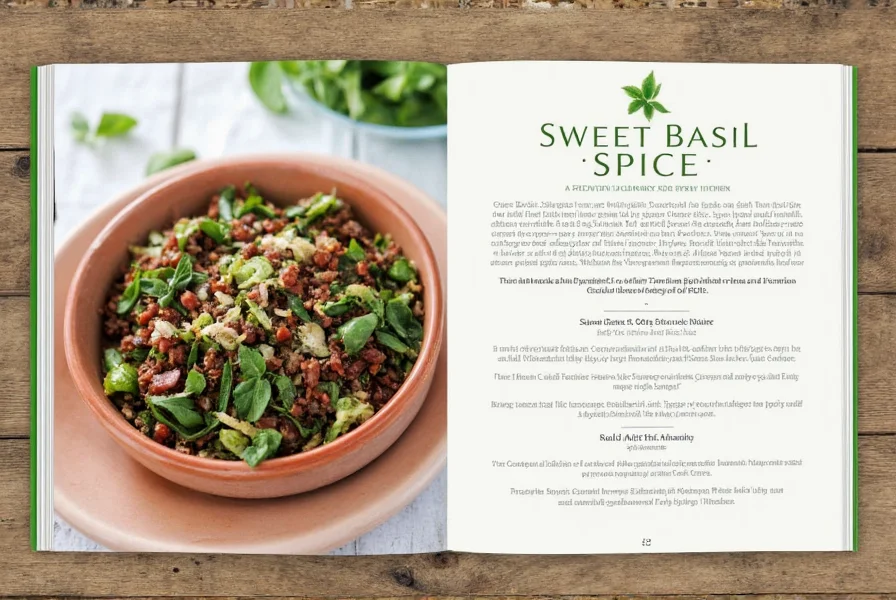
Cooking Tips with Dried Basil
Maximize flavor with these professional techniques:
- Rehydrate before use: For maximum flavor, sprinkle dried basil over hot liquids or dishes just before serving to allow it to rehydrate slightly.
- Don't add too early: Add dried basil during the last 5-10 minutes of cooking to prevent flavor loss from prolonged heat exposure.
- Pair with complementary ingredients: Dried basil pairs exceptionally well with tomatoes, garlic, olive oil, mozzarella, and balsamic vinegar. Avoid pairing with strong spices like cumin or chili powder that may overpower its delicate profile.
- Use the right quantity: Substitute 1 teaspoon dried basil for every 1 tablespoon fresh basil in recipes. Dried basil is approximately 3 times more potent than fresh.
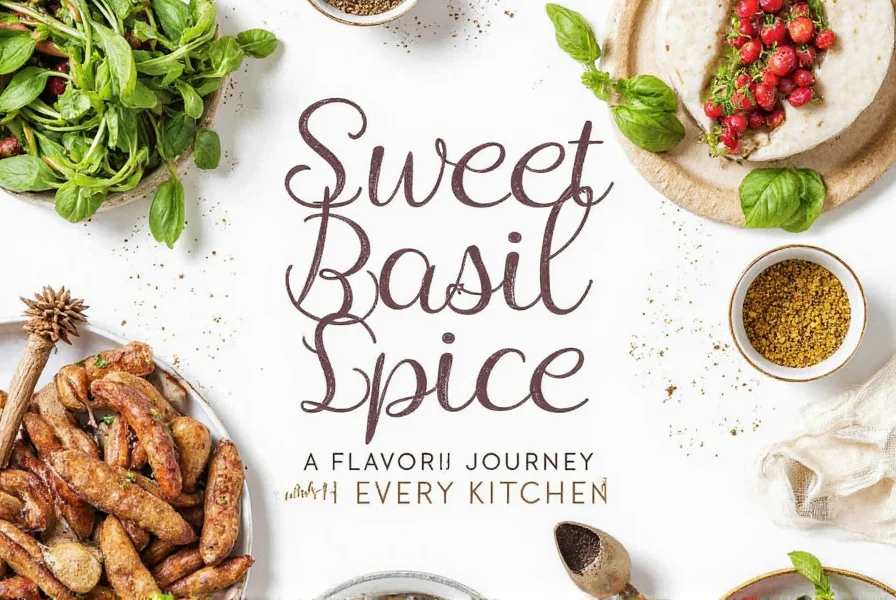
Proper Storage for Dried Basil
Proper storage is critical for maintaining flavor and potency:
- Container: Store in an airtight, opaque container (glass or ceramic) to protect from light and moisture.
- Location: Keep in a cool, dark place away from heat sources like stoves or ovens. Refrigeration is not recommended as it introduces moisture.
- Shelf life: Properly stored dried basil maintains peak flavor for 12-18 months. After 2 years, flavor significantly diminishes though it remains safe to use.
- Testing freshness: Rub a small amount between your fingers. If the aroma is weak or musty, it's time to replace.
How to Buy High-Quality Dried Basil
When purchasing dried basil, focus on these quality indicators rather than specific brands:
- Color: Bright green color indicates freshness. Dull brownish-green suggests age or poor storage.
- Aroma: Should have a strong, sweet, herbal scent. Weak or musty smell indicates low quality.
- Texture: Leaves should be relatively whole and not powdery. Excessive powder indicates poor processing or old product.
- Packaging: Look for airtight, opaque containers with a harvest or expiration date. Avoid clear glass jars or loose bulk bins.
- Origin: Basil from Italy or Egypt typically has superior flavor due to climate and growing conditions. Check for country of origin on packaging.
Frequently Asked Questions
What's the difference between fresh and dried basil?
Fresh basil has higher moisture content (85-90%) and volatile compounds that give it a bright, sweet flavor, but it's delicate and loses flavor quickly when cooked. Dried basil has about 10-15% moisture content, with concentrated flavor compounds that develop better in cooked dishes. Use 1 teaspoon dried basil for every 1 tablespoon fresh basil in recipes. Fresh basil is ideal for raw applications like pesto or garnishes, while dried basil works best in sauces, stews, and roasted dishes.
How long does dried basil last before losing flavor?
Properly stored dried basil maintains peak flavor for 12-18 months. After 18 months, flavor begins to diminish significantly though it remains safe to use. The USDA Food Safety and Inspection Service recommends replacing dried herbs every 1-2 years for optimal flavor. You'll know it's past its prime when the aroma becomes weak and the color fades from bright green to dull brownish-green.
Can I substitute dried basil for other basil varieties?
Sweet basil (Ocimum basilicum) is the standard variety used in most recipes calling for "basil." Thai basil (Ocimum basilicum var. thyrsiflora) has stronger anise notes and is better for Asian dishes. Holy basil (Ocimum tenuiflorum) has a spicier, more medicinal flavor. In most Italian and Mediterranean recipes, sweet basil is appropriate. If substituting, use 1 teaspoon dried Thai basil for every 1.5 teaspoons sweet basil due to its stronger flavor profile.
What are the health benefits of dried basil?
According to the National Institutes of Health (NIH), basil contains antioxidants like rosmarinic acid and flavonoids that help reduce oxidative stress. The USDA National Nutrient Database shows dried basil is a good source of vitamin K (providing 10% of daily value per teaspoon), manganese, and iron. Research published in the Journal of Food Science indicates basil's essential oils may have anti-inflammatory properties. While not a medical treatment, incorporating dried basil into your diet contributes to overall nutritional diversity and plant-based wellness.
Why does dried basil sometimes turn dark in dishes?
This is a natural enzymatic reaction where chlorophyll in basil interacts with acids or heat. To minimize darkening, add dried basil toward the end of cooking, especially in acidic dishes like tomato sauces. Professional chefs often recommend adding basil after removing dishes from heat to preserve color. The color change doesn't affect flavor significantly, just appearance. For visual appeal in presentations, consider adding fresh basil as a garnish.
Can I dry my own basil at home?
Yes, home drying is possible but requires proper technique. Harvest basil in the morning after dew has dried but before midday heat. For air drying, hang small bunches upside down in a warm, dark, well-ventilated area for 7-10 days. For faster drying, use a food dehydrator at 95-115°F (35-46°C) for 4-6 hours. Avoid oven drying as high heat destroys flavor compounds. Home-dried basil often has superior flavor to store-bought because you control the drying process and use leaves at peak freshness.
Conclusion
Dried sweet basil is a versatile culinary ingredient that brings depth and complexity to cooked dishes when used properly. Unlike fresh basil, which is best for raw applications, dried basil's concentrated flavor develops beautifully in sauces, stews, and roasted vegetables. Remember to store it properly in airtight containers away from light, use it toward the end of cooking, and substitute 1 teaspoon dried for every 1 tablespoon fresh basil. By understanding its unique properties and using it appropriately, you can elevate any dish with this essential herb.
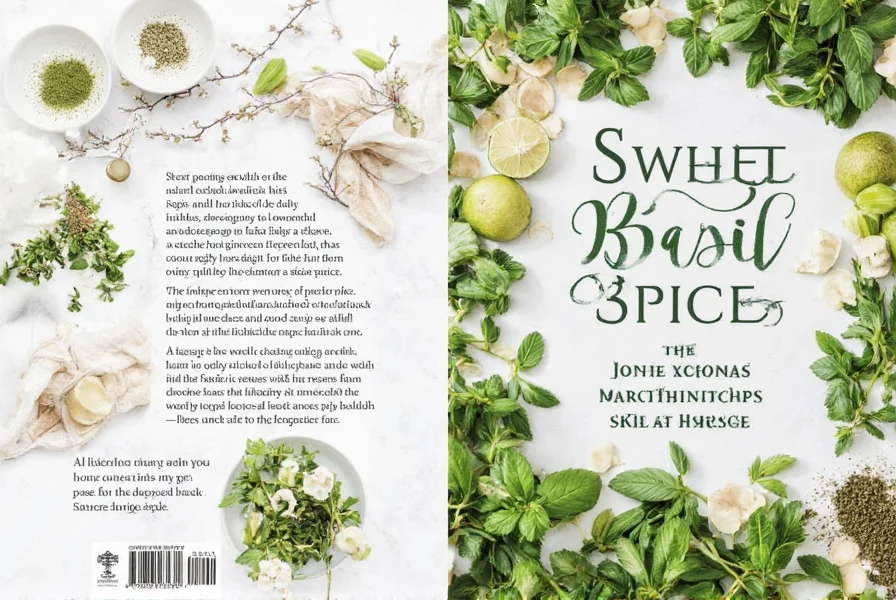










 浙公网安备
33010002000092号
浙公网安备
33010002000092号 浙B2-20120091-4
浙B2-20120091-4